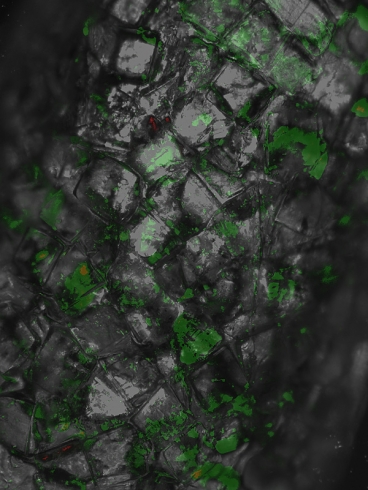Building organs using ‘biological Legos’
May 14, 2010
Researchers at the MIT-Harvard Division of Health Sciences and Technology (HST) have come up with a new way to assemble artificial tissues by encapsulating living cells in cubes and arranging them into 3-D structures.
The new “micromasonry” technique employs a gel-like material that acts like concrete, binding the cell “bricks” together as it hardens.
To obtain single cells for tissue engineering, researchers have to first break tissue apart, using enzymes that digest the extracellular material that normally holds cells together. However, once the cells are free, it has been difficult to assemble them into structures that mimic natural tissue microarchitecture.

Researchers at the MIT-Harvard Division of Health Sciences and Technology built this tubular tissue by encasing cells in polymer "bricks" and attaching them to a tube-shaped template. (Javier Gomez Fernandez)
More info: MIT news
